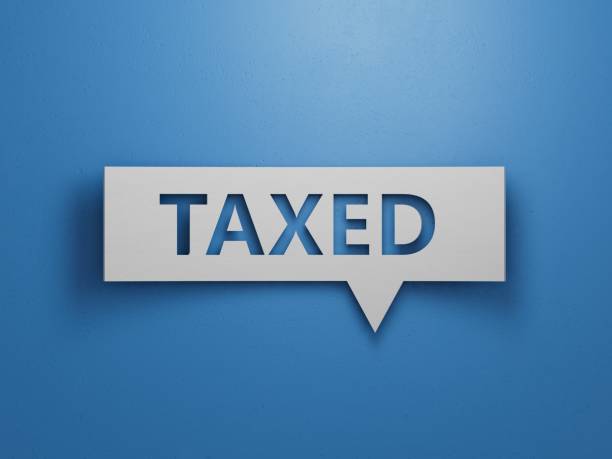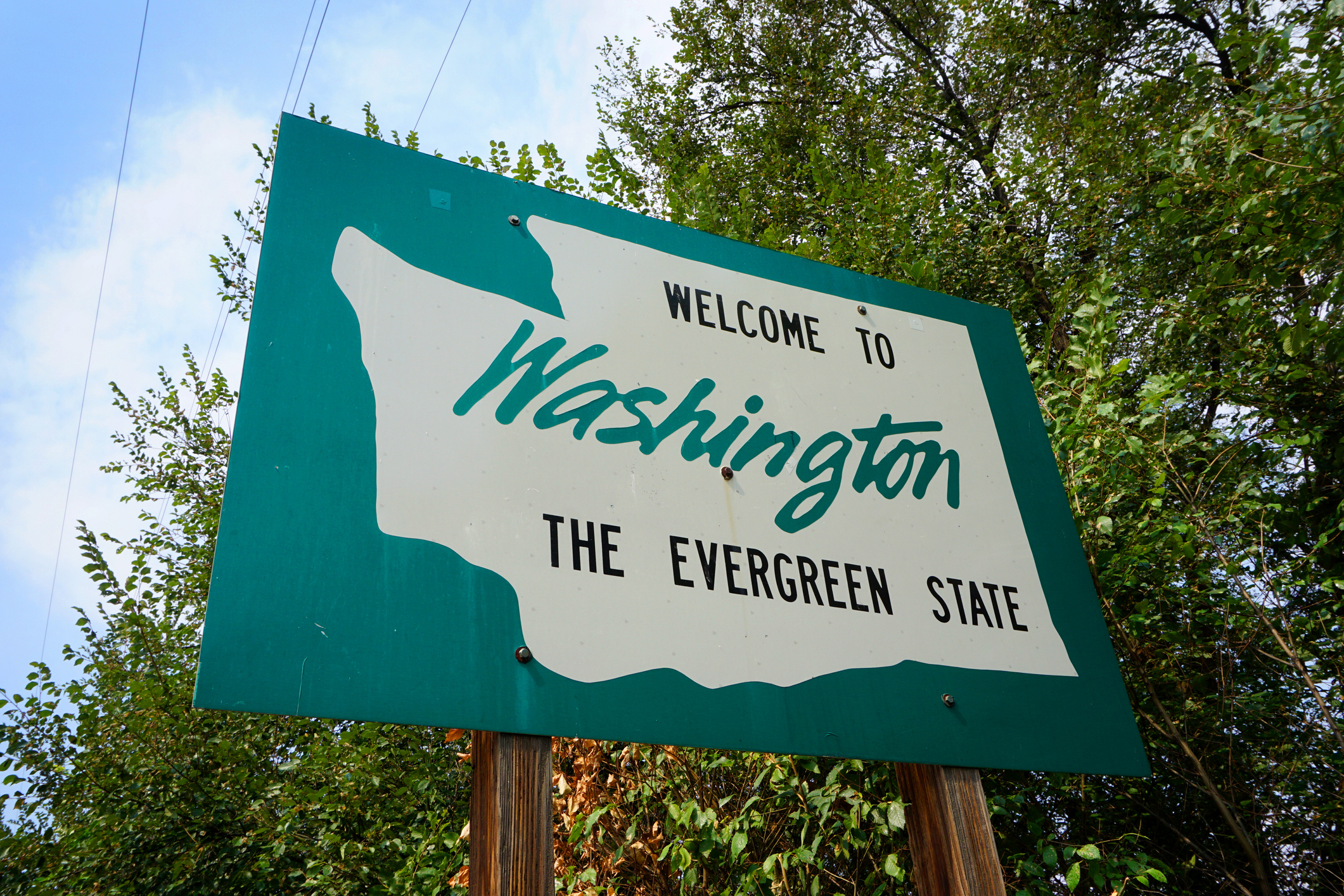Download a PDF of this policy note with sources and citations here.
This Policy Note is a summary of our study: ![]() Download the full Policy Brief here
Download the full Policy Brief here
Key Findings
- This new, comprehensive analysis uses one of the largest dataset ever employed to study the impacts of right-to-work laws.
- The findings reject the widely-held notion that extending right-to-work protections to workers is immaterial, a confusion of cause and effect or unproven because of the influence of other factors.
- In contrast to the claim that a right-to-work law means right to work for less, the analysis shows that the average employee would see a boost in wage and salary income from passage of right-to-work legislation.
- The analysis shows that under right-to-work, Washington state after five years would have almost 120,000 more people working, with more than 13,100 in increased manufacturing employment.
- Under right-to-work the state’s wage and salary incomes would be $11.1 billion higher and average annual wage and salary would be more than $560 higher than otherwise.
- Under right-to-work the state after 10 years would have almost 235,000 more people working. Wage and salary income would be $27.1 billion higher and the average annual wage and salary income per employee would be $1,280 higher.
- Under right-to-work more people would be working, and those working would earn more, than without a right-to-work law.
- The increased employment and increased incomes would provide a boost to the state’s economy, reduce burdens on state and local safety net programs and increase state and local tax revenues.
- This study shows a right-to-work law can be viewed as part of a pro-business, pro-jobs package to encourage firms to locate and expand in the state. In turn, the improved opportunities would likely increase migration into the state and slow migration out of the state.
The issue of right-to-work, the legal right of a person to hold a job without having to pay dues to a union, is gaining prominence across the country as state leaders strive to improve job creation, promote economic development and attract new businesses. Three states, Indiana, Michigan and Wisconsin, recently passed right-to-work (RTW) laws, also called workplace freedom or workplace choice, with more states introducing legislation and debating the issue every year. Washington, along with 24 other states, does not currently have a right-to-work law.
A right-to-work law does not prohibit employees from joining a labor union, nor does it prohibit them from paying voluntary union dues. Labor unions still operate in right-to-work states, but the law protects each person’s freedom of association by prohibiting the payment of union dues as a condition of employment. The fairness principle right-to-work laws seek to protect is that no one should be forced to choose between paying money to a cause he or she might oppose and making a living.
Right-to-work laws do not ban unions or prevent them from serving the interests of their members. Right-to-work laws do not force unions to represent non-paying “free riders” who take advantage of a union’s representation but do not pay their share. Rather, right-to-work laws require unions to give workers a choice about financially supporting those efforts.
Studies show that states with right-to-work laws attract more new business than states without such laws. Right-to-work states typically have a better business climate than non-right-to-work states, and employers value the labor-management predictability inherent in stable right-to-work states.
Right-to-work status is considered a major factor in a business owner’s decision about where to locate. Recently, Washington was passed over for construction of a major manufacturing plant for electric car components because the state does not have a right-to-work law. Instead, the “giga-factory,” and its 6,500 jobs and billions of dollars in direct investment went to the right-to-work state of Nevada.
The Congressional Research Service found that in the past decade, “aggregate employment in RTW states has increased modestly while employment in union security states has declined.” Other studies echo these findings. Both employment growth and manufacturing employment growth have consistently been higher in right-to-work states compared to non-right-to-work states over the past two decades. Another study found that,
“...incomes rise following the passage of right-to-work laws, even after adjusting for substantial population growth that those laws also induce. Right-to-work states tend to be vibrant and growing; non-right-to-work states tend to be stagnant and aging…the overall effect of a right-to-work law is to increase economic growth rates by 11.5%.”
Yet another study found right-to-work states outperformed non-right-to-work states in employment growth, population growth, in-migration and personal income growth. Adjusted for cost-of-living, workers in right-to-work states enjoy higher real, spendable income than workers in non-right-to-work states.
Washington Policy Center has asked economist and Portland State University professor Eric Fruits, Ph.D. to measure the economic and employment impacts if Washington were to become a right-to-work state. The findings are dramatic. Like other right-to-work states, Washington would benefit from better economic growth, higher wages and more employment under a right-to-law. What is more, all of these benefits would come with no cost to the state. In fact, the state would enjoy greater tax revenue from the increased economic growth.
The fairness inherent in right-to-work laws is clear—workers should have the freedom to decide whether they want to support a union financially. If workers find sufficient value in the representation and services provided by a union, they will voluntarily pay union dues to ensure the continuation of those services. If they do not believe they are receiving sufficient value, or if they oppose the political activities of the union, they should not be forced to support the union.
Similarly, the economic arguments supporting a right-to-work law in Washington are simple—as more states increase their competitiveness by adopting right-to-work laws, Washington’s non-right-to-work status is increasingly hampering our state’s competitiveness. When comparing state business climates, Washington enjoys high marks for the state’s absence of an income tax. Adding a right-to-work law would do even more to enhance Washington state’s economic competitiveness, and it would promote fairness and social justice for workers.
Executive Summary of “Impact of Right-to-Work on the State of Washington”
This new, comprehensive analysis presented uses what appears to be the largest dataset ever employed to study the impacts of right-to-work laws. The innovation in analysis of this policy is important, because income and employment growth trends are influenced by many factors. Taken as a whole, the findings in this paper reject the widely held notion that extending right-to-work protections to workers is immaterial, a confusion of cause and effect, or unproven because of the amount of noise and influence of other factors.
This study finds that, if the State of Washington were to enact right-to-work legislation going into effect in 2016, the empirical results indicate that the state would see a permanent boost in employment and income growth. Indeed, not only would there be more people working, those working would earn more than without right-to-work.
Major Findings:
- Increased employment. After five years, the state would have almost 120,000 more people working as a right-to-work state, with more than 13,100 in increased manufacturing employment, than it would have without a right-to-work law.
- Increased incomes. After five years, the state’s wage and salary incomes would be $11.1 billion higher and average annual wage and salary would be more than $560 higher, than otherwise.
There are undoubtedly segments of the labor force that benefit from imposing legal restrictions on the right to work, and have used the disproportionate political influence conferred by those restrictions to preserve the policy. Officials in Washington and other non-right-to-work states should review restrictions they place on labor and the workplace environment, especially as it struggles to restore its economy, employment opportunities, and public sector revenues.
Click here to view our study "Right-to-Work: What it is and how it works."





